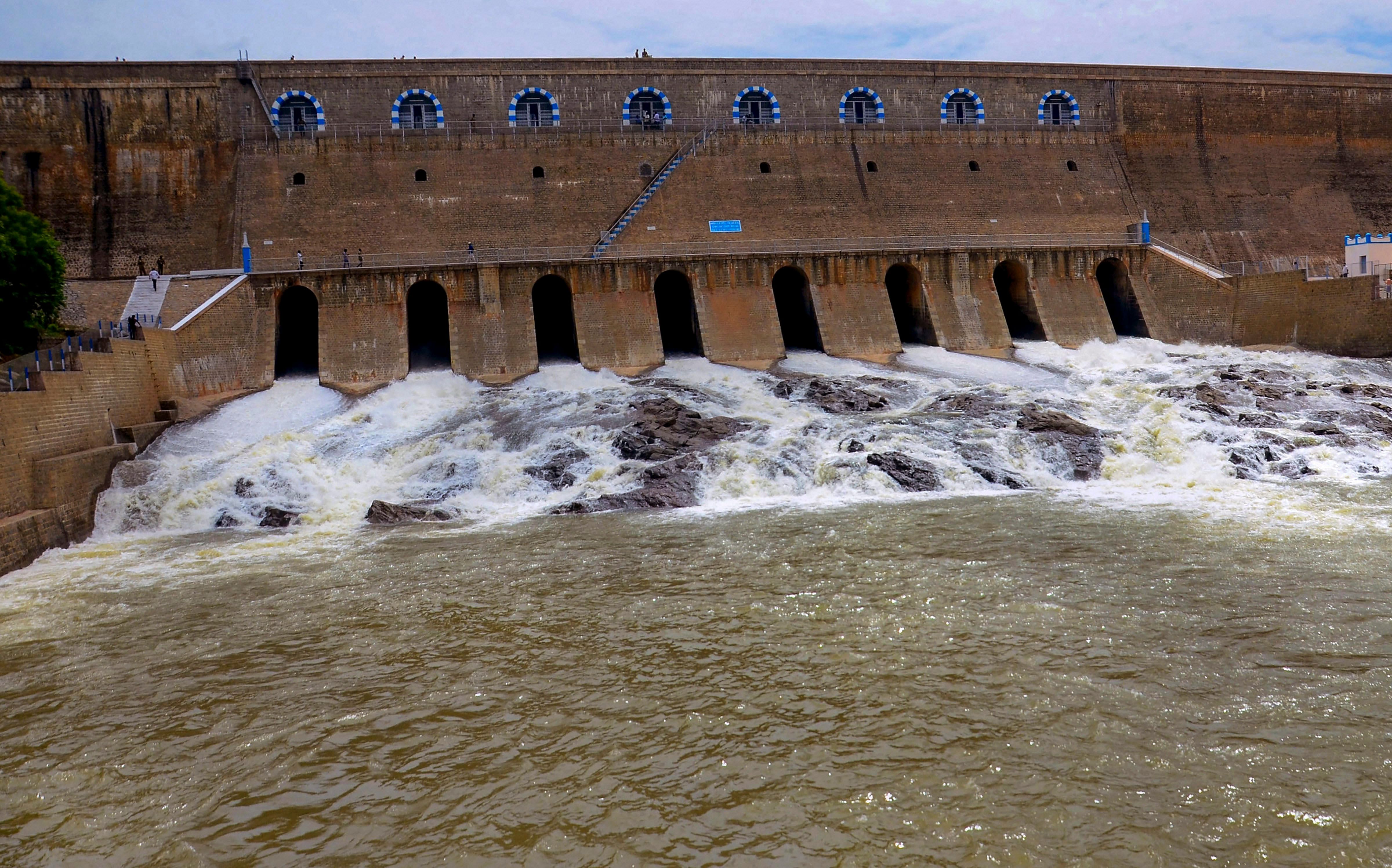
The sluice gates of the 86-year-old Stanley Reservoir in Mettur was thrown open on Friday for irrigation in the fertile Cauvery Delta Region.
This is for the first time since 2011 that water from the dam is being released in the month of June to enable farmers cultivate kuruvai (short-term crop) in Thanjavur, Tiruvarur, Nagapattinam, and parts of Pudukkottai districts.
Water from Mettur is traditionally released on June 12 for irrigation, but the state has not been able to keep up the date since 2012 due to non-availability of enough water in the dam. The last time the dam opened in the month of June was in 2011.
Chief Minister Edappadi K Palaniswami opened the sluice gates of the Stanley Reservoir at a simple function in Mettur on Friday morning. He announced that 100 tmcft of water will be released for farmers over a period of 90 days for cultivation of crops.
“Kuruvai cultivation needs 128 tmcft of water and 100 tmcft will be released from Mettur dam, while the remaining will be met through rain water and ground water by farmers,” Palaniswami said, adding that over 5.22 lakh acres of land will utilise water released from the dam.
The dam’s water level has been hovering around 100 feet – the maximum capacity is 120 feet – for the past 300 days, the Chief Minister said. At 6 pm on Friday, the dam’s water level stood at 101.73 feet and water storage at 67.102 tmcft. The state expects the level to increase due to rains in catchment areas of River Cauvery in Karnataka.
The water is expected to reach Grand Anaicut in Thanjavur district in the next few days. Water for irrigation from the Grand Anaicut will be released from June 16, officials said.
‘Cauvery’ Dhanapalan, General Secretary of Cauvery Farmers’ Protection Association, told DH that cultivation of paddy in an area of 5 lakh acres would ensure production of 10 to 15 lakh tonnes of food grain.
June 12 was set as the date for opening the sluice gates of Mettur dam decades ago, keeping in mind onset of South-West monsoon in Kerala on May 31 and a few days later in Karnataka. This would ensure that the sowing is over by the end of June and the short-term crop can be harvested in early October.